| Lilac | Lavender | Violet | Purple | Magenta |
A review of corolla color in both fresh and dried specimens leads me to conclude that it is not a reliable differentia for the Evolvulus taxa north of Mexico.
Corolla color has often been presented as a significant differentia in Evolvulus keys. Presented at the bottom of this page is a representative sampling of corolla color key features from Nuttall (1818) to Felger & Austin et al. 2012. Of course some differences were only intended to be regional, the treatments not intended to have validity outside a given area. Although S.J. van Ooststroom's 1934 monograph generally avoids corolla color in his key, one exception is E. sericeus: "Corolla white, pale blue or pale lilac (occasionally bright yellow in a dried state)" [p.103]. But unlike the authors below he does not use color to distinguish E. sericeus from other N. American taxa north of Mexico. In his description of E. nuttallianus he almost quotes A. Gray 1878: "corolla purple or blue (not yellow as Pursh states)."
But overall the differences listed below remind me of the story of a group of blind men determining what an elephant looks like by feeling different parts of its body. All colors listed (for any taxon) seemed seem to occur with E. sericeus, including lilac and purple in South Texas and with blue limited to the Trans-Pecos and West. I personally have not seen blue (as opposed to lavender/purple) corollas with E. nuttallianus, and white (or almost white; noted only on one dry specimen) is quite rare — one collection for Hutchinson Co. noted 'white flowers', but the flowers on the sheet were clearly lavender to purple:
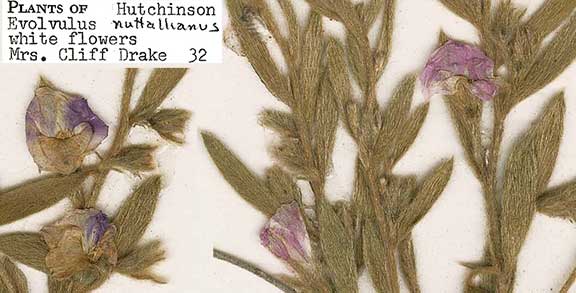
The following table presents the most typical colored portions of 28 corolla images, most from dried herbarium specimens. These do not support the various claims in the keys below that color alone provides a useful basis for distinguishing the taxa. The possibility that high quality photographs under good light conditions may well suffice for identification can't be ruled out. Such images are currently not available in general, and certainly not with correctly identified herbarium collections. Field notes might be useful only if collectors would be trained in the art of the subtle color distinctions required.
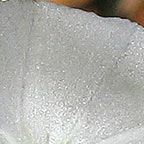
|
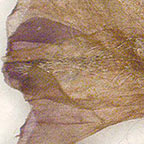
|
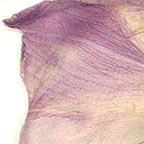
|
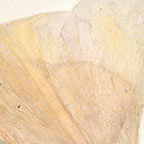
|
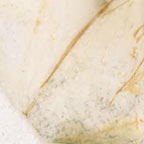
|
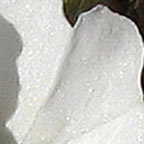
|
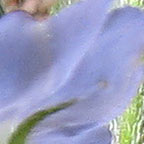
|
|---|---|---|---|---|---|---|
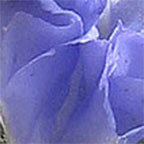
|
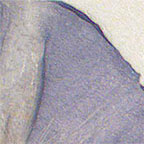
|
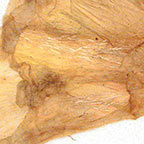
|
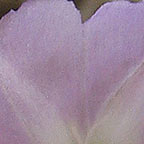
|
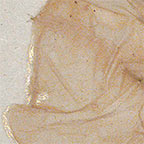
|
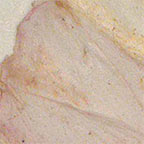
|

|
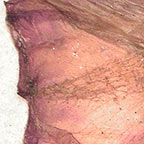
|
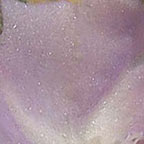
|
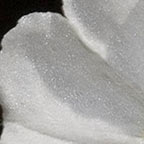
|
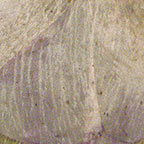
|
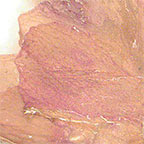
|
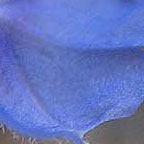
|
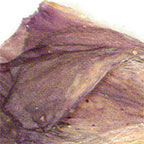
|
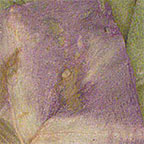
|
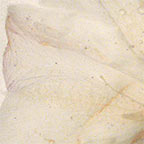
|
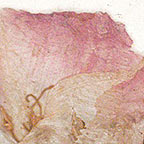
|
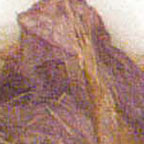
|
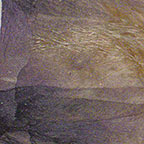
|
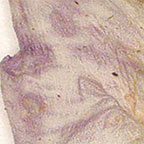
|
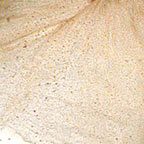
|
Asa Gray 1878
E.O. Wooton & P.C. Standley 1915
T. H. Kearney, R. H. Peebles et al., Arizona Flora (1951)
L. H. Shinners' 1970 key
J. Henrickson (unpublished)
W. C. Martin & C. R. Hutchins, A Flora of New Mexico (1981)
D. F. Austin, Vascular Plants of Arizona (1998)
R.S. Felger, D.F. Austin et al. Convolulaceae of Sonora, Mexico I, J. Bot. Res. Inst. Texas 6 (2012)